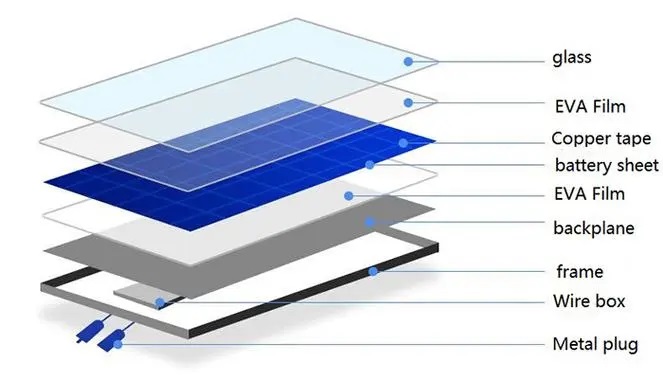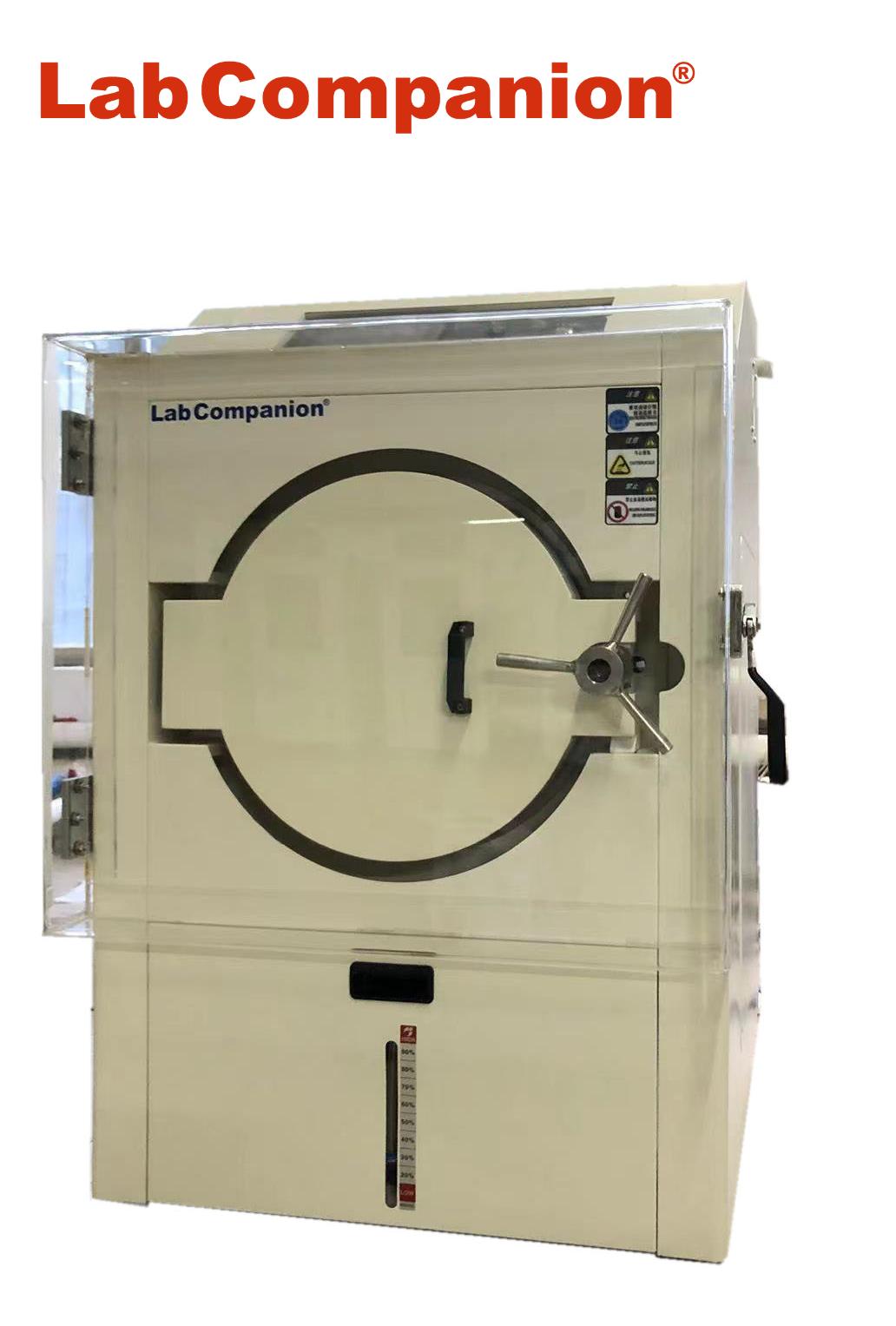Solar Module EVA Film Introduction 2

EVA-UV test:
Description: Test the attenuation ability of EVA to withstand ultraviolet (UV) irradiation, after a long time of UV irradiation, EVA film will appear brown, penetration rate decreased... And so on.
EVA environmental test project and test conditions:
Humid heat: 85℃ / RH 85%; 1,000 hrs
Thermal cycle: -40℃ ~ 85℃; 50 cycles
Wet freezing test: -40℃ ~ 85℃ / RH 85%; 10 times UV: 280~385nm/ 1000w/200hrs (no cracking and no discoloration)
EVA Test Conditions (NREL) :
High temperature test: 95℃ ~ 105℃/1000h
Humidity and heat: 85℃/85%R.H./>1000h[1500h]
Temperature cycle: -40℃←→85℃/>200Cycles
(No bubbles, no cracking, no desticking, no discoloration, no thermal expansion and contraction)
UV aging: 0.72W/m2, 1000 hrs, 60℃(no cracking, no discoloration) Outdoor: > California sunshine for 6 months
Example of EVA characteristics change under Damp heat test:
Discoloration, atomization, Browning, delamination
Comparison of EVA bond strength at high temperature and humidity:
Description: EVA film at 65℃/85%R.H and 85℃/85%R.H. The degradation of the bond strength was compared at 65℃/85%R.H under two different wet and hot conditions. After 5000 hours of testing, the degradation benefit is not high, but EVA at 85℃/85%R.H. In the test environment, the adhesion is quickly lost, and there is a significant reduction in bond strength in 250 hours.
EVA-HAST unsaturated pressurized vapor test:
Objective: Since EVA film needs to be tested for more than 1000 hours at 85℃/85%R.H., which is equal to at least 42 days, in order to shorten the test time and accelerate the test speed, it is necessary to increase the environmental stress (temperature & humidity & pressure) and speed up the test process in the environment of unsaturated humidity (85%R.H.).
Test conditions: 110℃/85%R.H./264h
EVA-PCT pressure digester test:
Objective: The PCT test of EVA is to increase the environmental stress (temperature & humidity) and expose EVA to wetting vapor pressure exceeding one atmosphere, which is used to evaluate the sealing effect of EVA and the moisture absorption status of EVA.
Test condition: 121℃/100%R.H.
Test time: 80h(COVEME) / 200h(toyal Solar)
EVA and CELL bond tensile force test:
EVA: 3 ~ 6Mpa Non-EVA material: 15Mpa
Additional information from EVA:
1. The water absorption of EVA will directly affect its sealing performance of the battery
2.WVTR < 1×10-6g/m2/day(NREL recommended PV WVTR)
3. The adhesive degree of EVA directly affects its impermeability. It is recommended that the adhesive degree of EVA and cell should be greater than 60%
4. When the bonding degree reaches more than 60%, thermal expansion and contraction will no longer occur
5. The bonding degree of EVA directly affects the performance and service life of the component
6. Unmodified EVA has low cohesion strength and is prone to thermal expansion and contraction leading to chip fragmentation
7.EVA peeling strength: longitudinal ≧20N/cm, horizontal ≧20N/cm
8. The initial light transmittance of the packaging film is not less than 90%, and the internal decline rate of 30 years is not less than 5%
